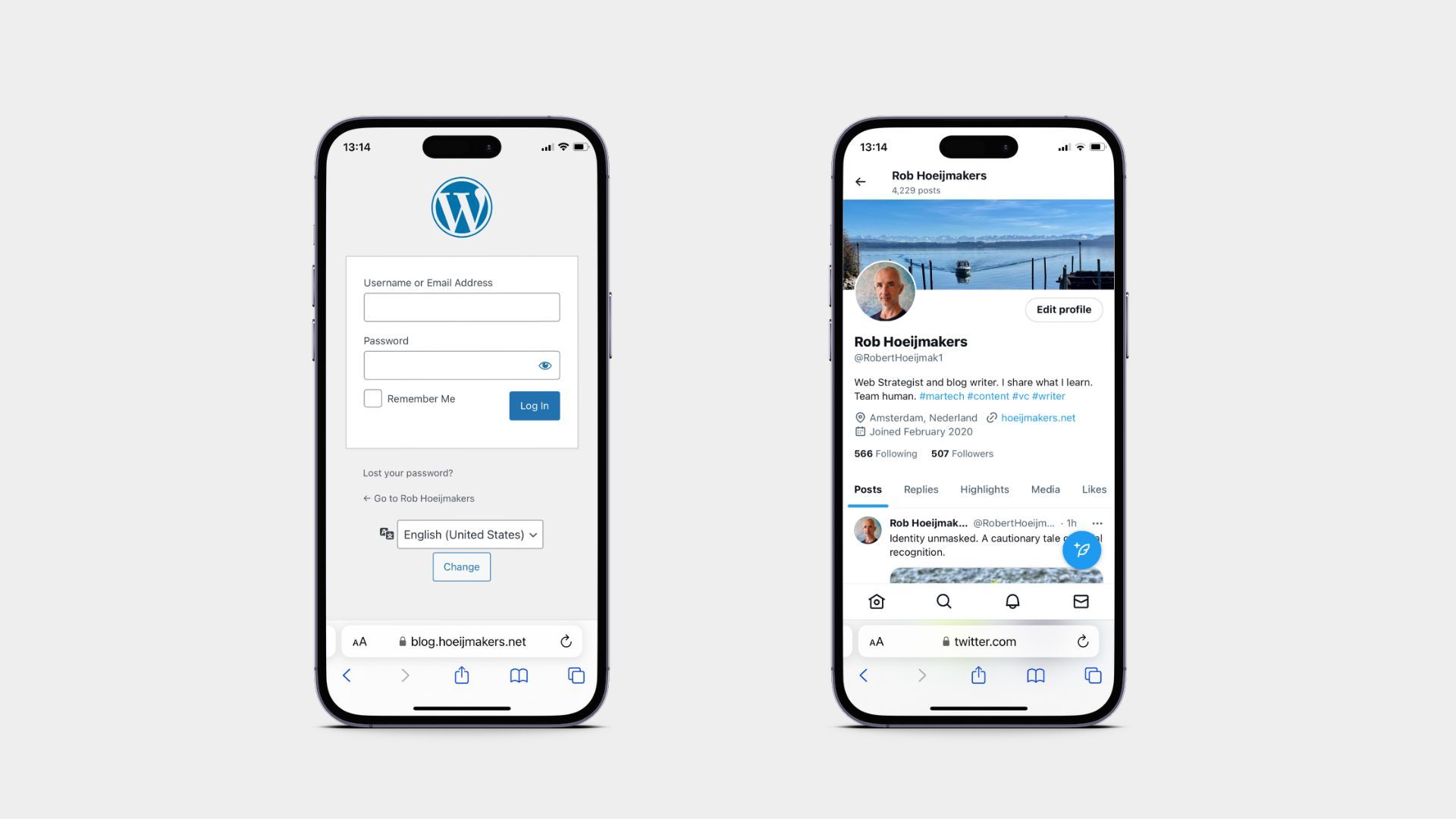Account, profile and identity
I wanted to zoom in on online accounts and profiles. Here is a comprehensive overview to understanding the essential aspects of your digital life, from sign-up to log-in.

In the bustling marketplace of the internet, two terms often float around: "account" and "profile." They may seem interchangeable, but they serve different roles in our online interactions. Add to that the process of creating an account and then proving you're the rightful owner, and things can get a bit complex.
Let's break it down.
Accounts vs. Profiles
Ever wondered about the difference between accounts and profiles?
Your Account: The Digital Passport
An account is like your digital passport. It's the key that unlocks the door to a specific online service, be it email, social media, or online banking. As free user or a paid subscriber. When you create an account, you're establishing your credentials—usually a username and password—that grant you access.
Think of your account as a membership card. It says, "I belong here, and I have the right to access these services."
Your Profile: A Digital expression
A profile, on the other hand, is like a digital expression. It's the way you present yourself within the service you've accessed through your account. Your profile might include your profile picture, bio, interests, and other personal details.
Think of your profile as the outfit you wear once inside a club. It says, "This is who I am, and this is how I want to be seen."
A profile also resembles the business card. You want to make a favourable expression of who you are and where to be found.

A profile, on the other hand, is your virtual presentation, encompassing details such as your picture, bio, and interests, akin to the outfit you wear within a digital space.
Identity refers to the core recognition of who you are online, verified through the account's credentials and often reinforced by additional authentication measures like two-factor codes; it's your overarching digital persona.
Establishing an account vs. proving yourself
I will be discussing the essential duo: setting up an account and proving that you're the rightful user.
Let's break it down step by step.
Establishing an account: The Sign-Up
Creating an account is like signing up for a membership. You provide your credentials (username and password) and often some basic personal information. This process establishes your right to access the service.
It's like getting your membership card. You've shown you want in, and you've been given the key.
Proving yourself: The Log-In
Logging in is the act of proving that you're the rightful owner of the account. You enter your username and password, and sometimes additional verification like a code sent to your phone (two-factor authentication).
It's like showing your membership card at the door. You're proving that you're the same person who signed up, and you have the right to enter.

Navigating the online world with confidence
Understanding the distinction between an account and a profile, and the difference between establishing an account and proving yourself, helps you navigate the online world with confidence.
Your account is your passport, your key to access. Your profile is your persona, your way of expressing yourself. And the process of creating and then verifying your account is a digital handshake, a way of introducing yourself and then proving you're the real deal.
In this bustling marketplace of the internet, knowing these distinctions empowers you to engage with online services more effectively and securely. It's all part of the rich tapestry of our digital lives, where accounts, profiles, and log-ins are the threads that weave us into the online world.
I wrote about the European Digital Identity as well. This is an identity framework that provides access and gives authority to users to perform official acts online.



